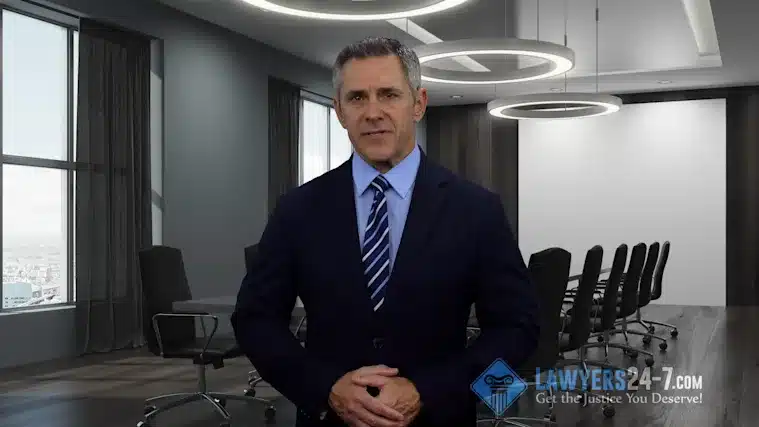Free Consultation
Free Consultation

Slip and fall accidents are common and happen in stores, homes, and outdoor areas. Let our slip and fall accident lawyers explain some of the basic things you need to know to win your slip and fall accident case.
Let’s start with the basics, friction. Friction is the force that resists motion between two surfaces sliding against each other. When you walk, friction between your shoes and the ground helps you move forward without slipping.
Have a question about your slip and fall accident? CLICK HERE, answer a few questions, and our Bronx Slip and Fall Lawyers are ready to help.
When a surface is dry, there is a lot of friction because the soles of your shoes can grip the tiny bumps and grooves of the surface. However, when the surface is wet, a thin layer of water acts like a lubricant, reducing the grip. This happens because the fluid fills the grooves and creates a smoother surface, so there’s less friction.
On very wet surfaces, your shoe might not even completely touch the ground. Instead, it could be gliding on a thin layer of water, much like a car tire hydroplanes on a wet road. This further reduces friction and increases the likelihood of slipping. With reduced friction, you have less control over your movement. Your foot can slide easily, making it harder to keep your balance, and thus, you might slip and fall.
These accidents, while similar to trips and falls, stem from distinct hazards. A wide range of hazardous conditions often lead to many slip and fall incidents. Some of these include:
In New York, a slip and fall case typically involves certain key elements that the plaintiff must prove in order to win. These include establishing that the condition that caused the fall was not reasonably safe. It also must be established that the property owner either caused the dangerous condition, or that they were aware of the dangerous condition before the incident occurred.
You must also remember that with slip and fall cases, like all injury cases, there are strict time limits within which your claim must be filed. This time limit, known as the statute of limitations, is dependent upon many factors. These factors include the type of claim being brought, the type of the defendant being sued, the age of the plaintiff as well as other potential factors.
It is also important to note that not every slippery surface results in a valid legal claim. For a surface to be considered actionable under New York law, it must be considered “not reasonably safe”, and the property owner must have had “notice” of this unsafe condition. “Notice” is a legal term that indicates the property owner:
Establishing “notice” in a slip and fall case is often complex and generally requires witness testimony to ascertain how long the hazardous condition was present before the accident occurred. The longer a condition existed, the stronger the argument that the property owner should have been aware of it and taken corrective action.
To successfully prove and win a slip and fall case, the specific evidence required varies based on the individual case’s circumstances. However, there are general steps you can take to strengthen your claim:
Slip and fall accidents can result in a range of injuries, varying severity. Common injuries from such accidents include:
It’s important to note that the impact and consequences of these injuries can vary greatly depending on the individual’s age, health status, and the specifics of the fall. In any case, seeking immediate medical attention is crucial for proper diagnosis and treatment.
If you were injured in a slip and fall accident, contact our experienced slip and fall lawyers by email or calling (800) 762-9300 for a free consultation. You can also simply fill out one of our case intake forms and we will have one of our attorneys get right back to you.
You Might Also Be Interested In: